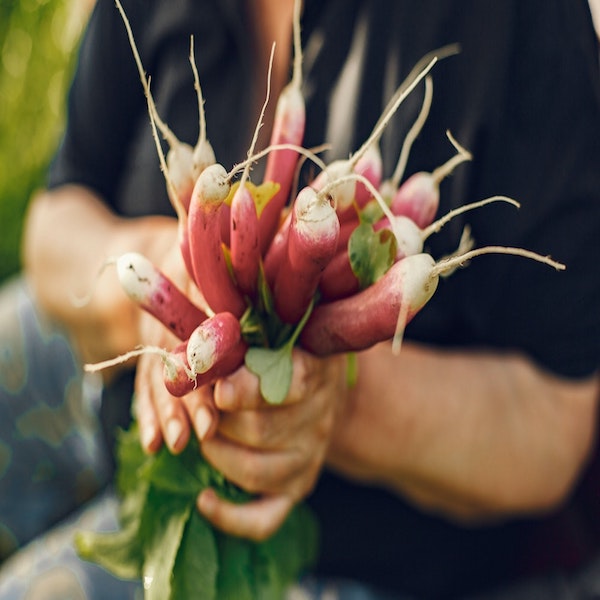Why You Should Rotate Your Crops
•Posted on August 13 2020

Having the same crops every season will result in progressively lower yields if everything else remain constant.
As such, it is advisable to deploy crop rotation and have different plants on your fall garden this season.
Also, rotation can help you partially deal with a soil pathogen associated with root disease in sick plants.
Additionally, crop rotation plays various other crucial roles, especially soil health, organic matter, and the stimulation of microbial communities in the soil.
What is Crop Rotation?

As the name suggests, this technique involves rotating plants to ensure your garden does not have the same crops for any two consecutive seasons.
The basic method is to have four different sections with different types of vegetables (plant groups).
You can then rotate the crops clockwise every new planting season, which ensures your garden stays three seasons before growing the same crops.
You can also integrate a fallow, a garden (or piece of land) that remains unused for a season or more to allow the soil to rest and rejuvenate, or plant cover crops.
Why is Crop Rotation Important?

If you are dealing with a soil pathogen, low crop yields or poor physical condition of your soil, crop rotation might be what you need.
Substantially, rotation prevents the depletion of specific nutrients from the ground, allowing you to plant cover crops and other plant groups that enrich the soil.
Besides increasing soil nutrients and fertility, rotation increases crop yields, reduces soil erosion, and limits specific diseases and pests' concentration.
Other advantages include soil tilth, improved physical properties, reduced pollution and better weed control.
How Does Crop Rotation Impact Soil Health?

Crop rotation gives the soil enough time to recover the nutrients depleted by one plant group.
Some plants, such as legumes, are known to absorb atmospheric nitrogen and fix it into forms other vegetables can absorb.
If you have plants that deplete nitrogen, legume would be suitable for the succession planting to restore the used nitrogen.
Rotation preserves soil organic matter, by reducing pathogen concentration, improving water infiltration, water retention and aeration.
Plant nutrient foraging also ensures thriving microbial communities essential for soil health.
Why is Soil Health Important for Healthy Plants?

Your plants depend on the soil organic matter, nutrients, microbial communities and physical properties.
A healthy soil features attributes such as proper aeration, water infiltration and retention, rich organic matter and plant nutrients, all essential for growing healthy plants.
Healthy soil is also free from pests, diseases and erosion, providing fertile ground where your crops can thrive.
How Do You Rotate Your Crops?

You can use various techniques to rotate your crops, depending on what you want to plant.
Here's a simple practice to get you started on crop rotation:
1. Divide your farm or garden into four equal parts
2. Identify crops from each of these four groups:
- Legumes (peas, beans, lentils, alfalfa, edamame, etc.)
- Root Crops (onions, turnips, garlic, carrots, beets, etc.)
- Fruit Crops (pepper, melon, eggplant, cucumber, tomato, squash, etc.)
- Leaf Crops (spinach, cabbage, greens, herbs, lettuce, kales, etc.)
3. Choose one section for one plant group and have the four plant groups on different parts.
4. Every year, move the crops clockwise. The plants in section one should go to part two and those in section four would be moved to division one.
5. You can also include a fallow that remains used for one season or year. Planting cover crops, such as grasses (barley, ryegrass), legumes (clover, alfalfa) and brassicas.
Crops deplete soil nutrients during their growth cycle. Some nutrients leave the farm as harvest, while others eventually return to the soil as residue from the harvest.
These nutrients aren't immediately available for the next crop and it will be at least a season before they are reabsorbed into the soil. As such, you shouldn't plant the same summer crops in your fall garden.
It is also advisable to buy organic fertilizer that enriches the soil with nutrients and organic matter required for healthy plant growth.
We sell eco-friendly fertilizer that is good for building healthy soil as well as healthy plants. Shop our soil building fertilizers below.
Related Blog Posts:
Comments
0 Comments
Leave a Comment